At least three species of mollies are the source species of the numerous breeding forms of these fish that exist today: Poecilia sphenops, P. latipinna and P. velifera. P. mexicana may also have been involved, but this is unclear as this species was long regarded as a synonym of P. sphenops. The scientific differentiation of the molly species from one another is difficult because all four taxa mentioned have so-called early and late males, which differ considerably from one another in terms of their finning characteristics.
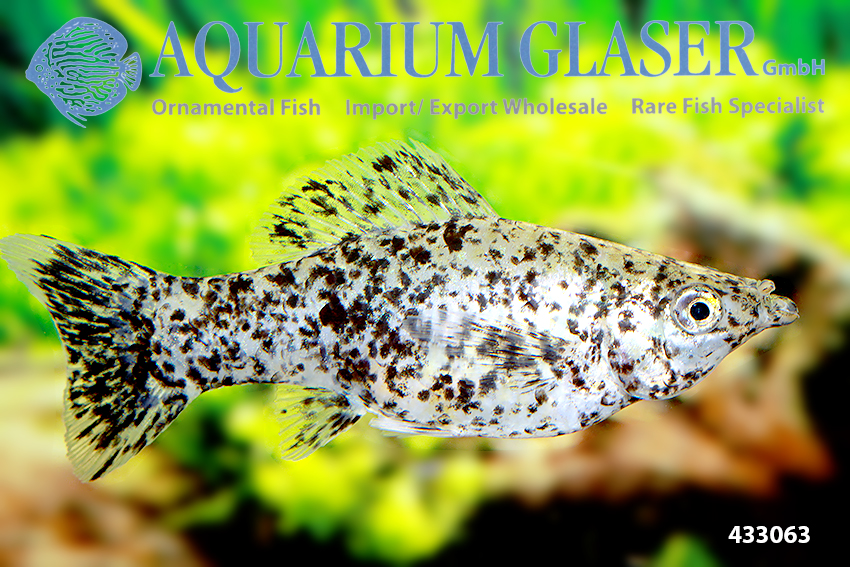
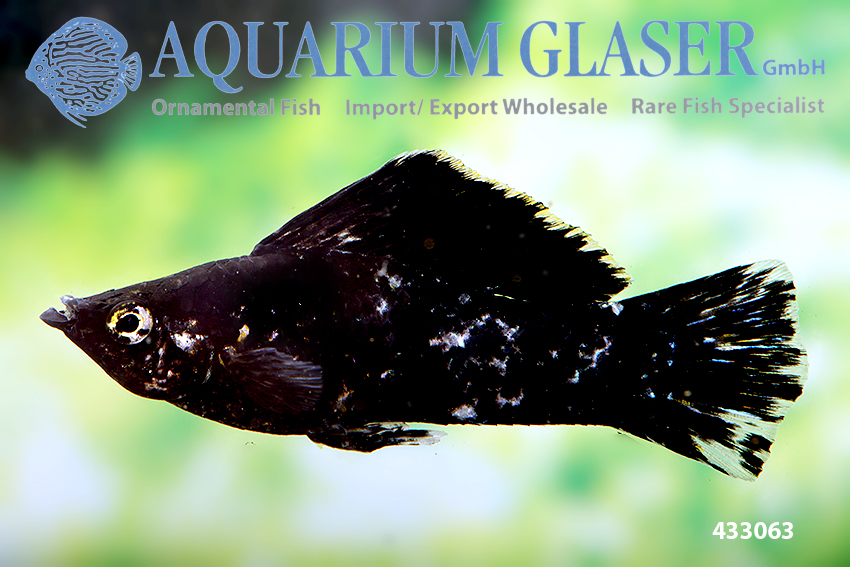
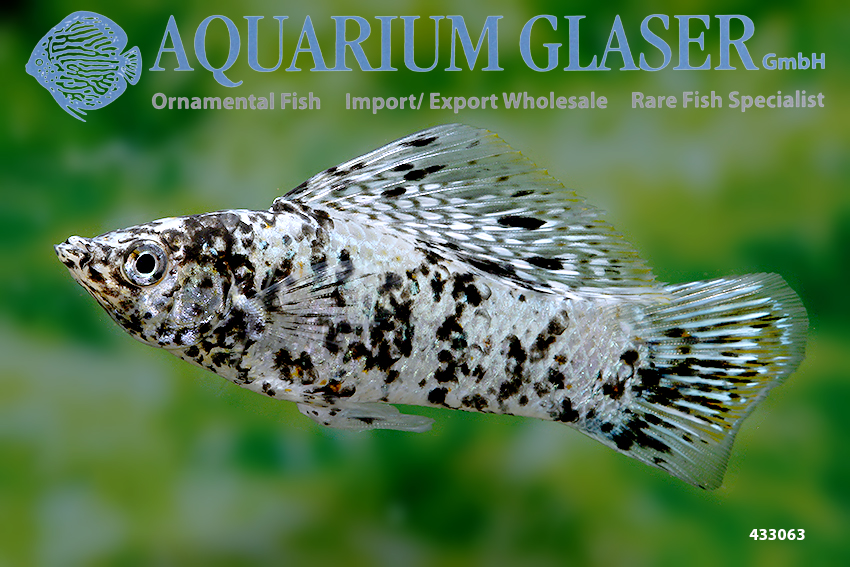
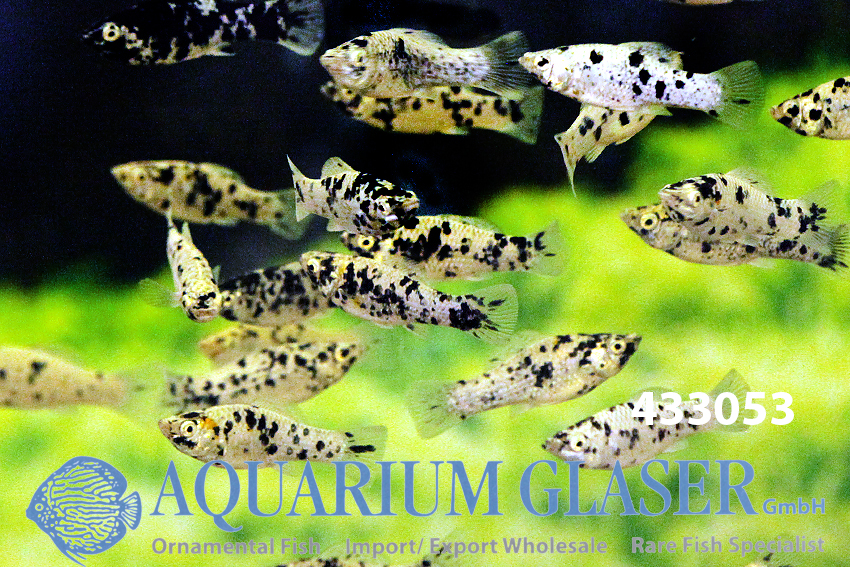
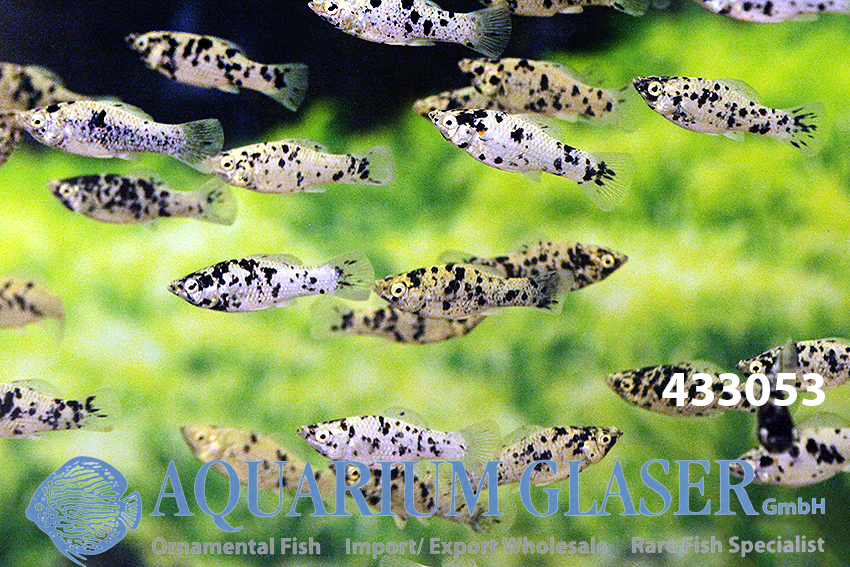
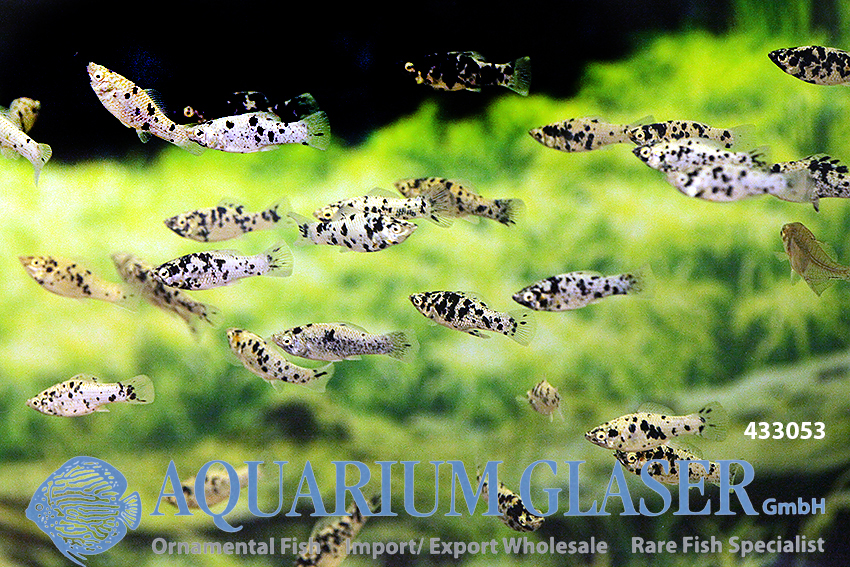
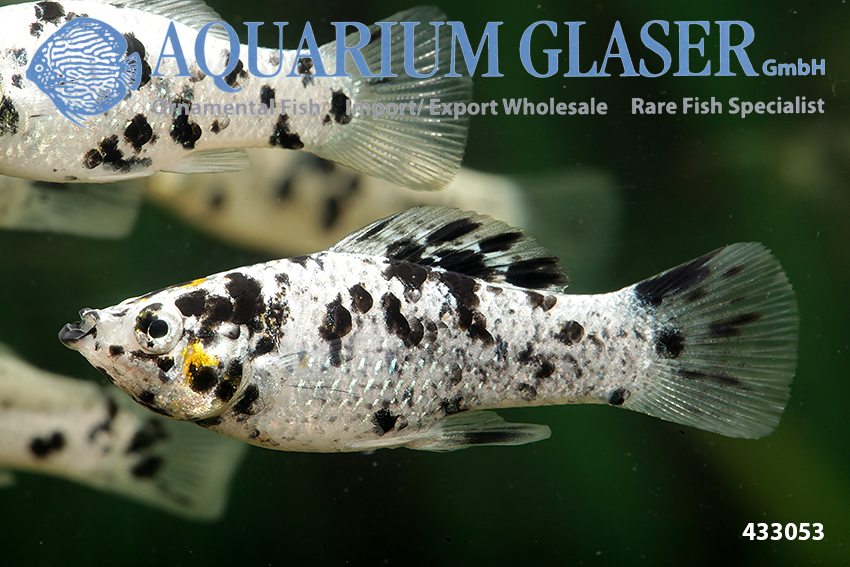
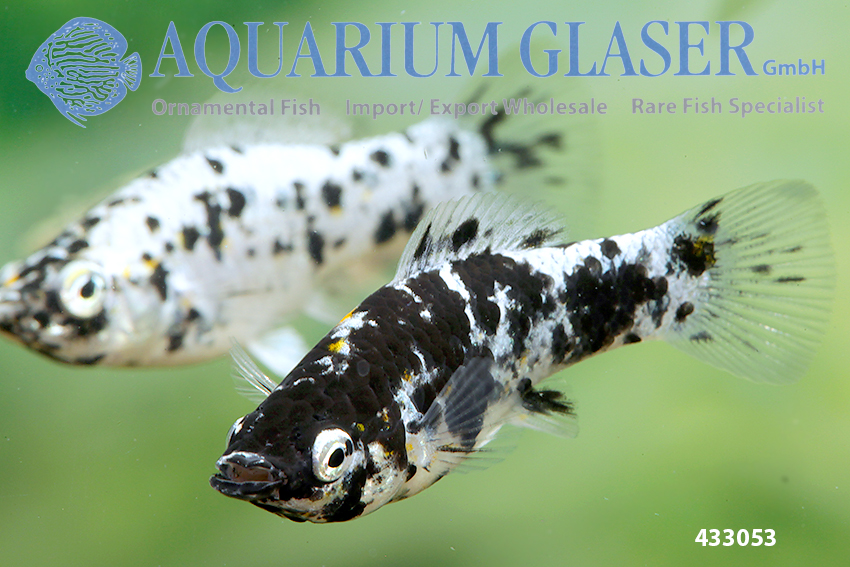
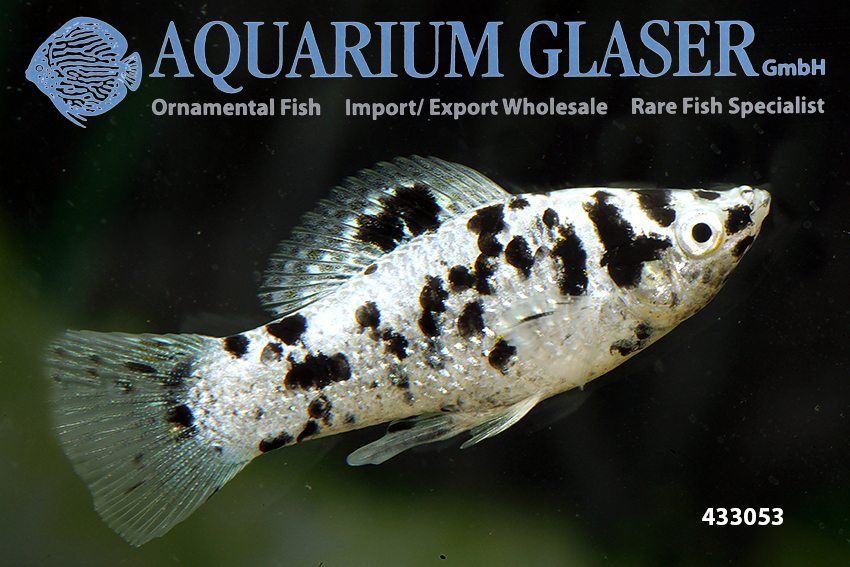
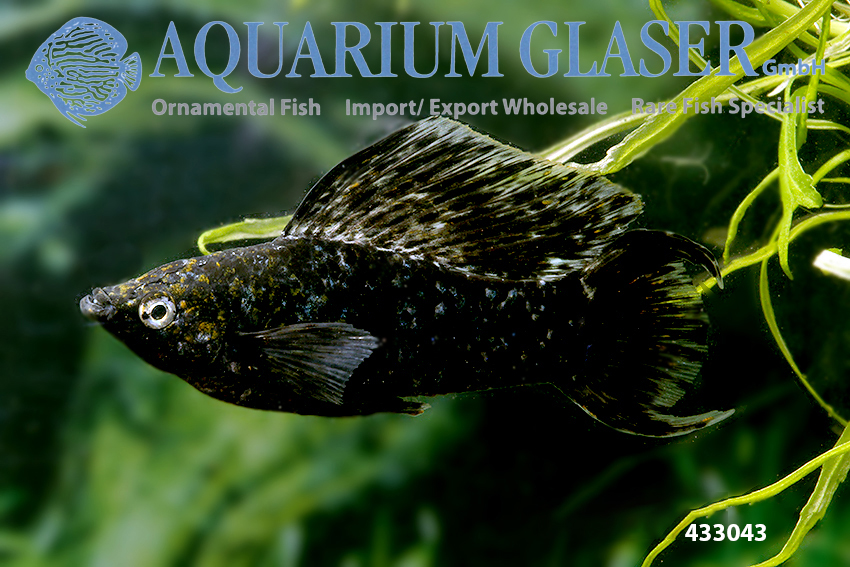
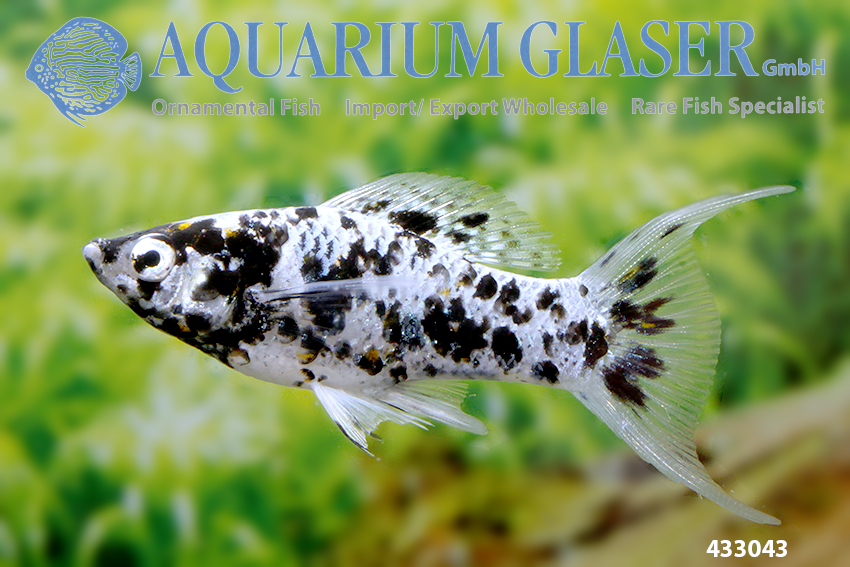
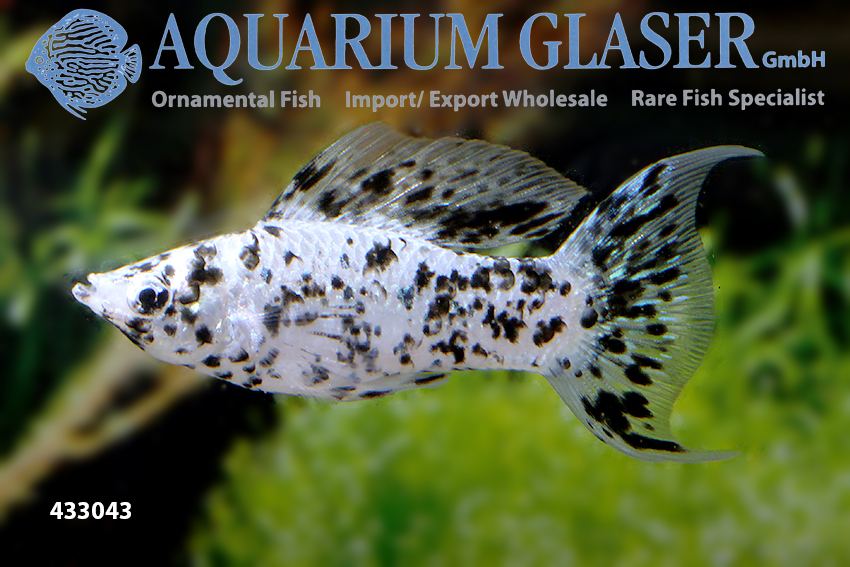
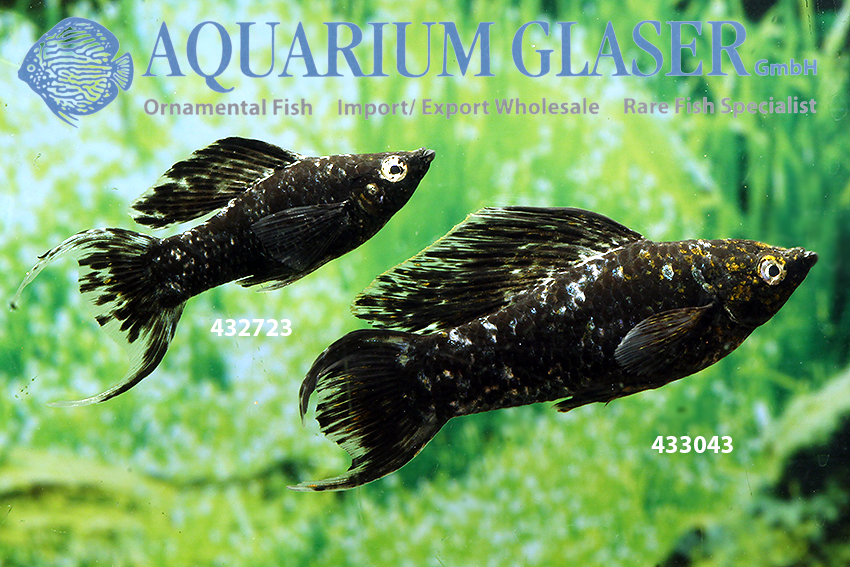
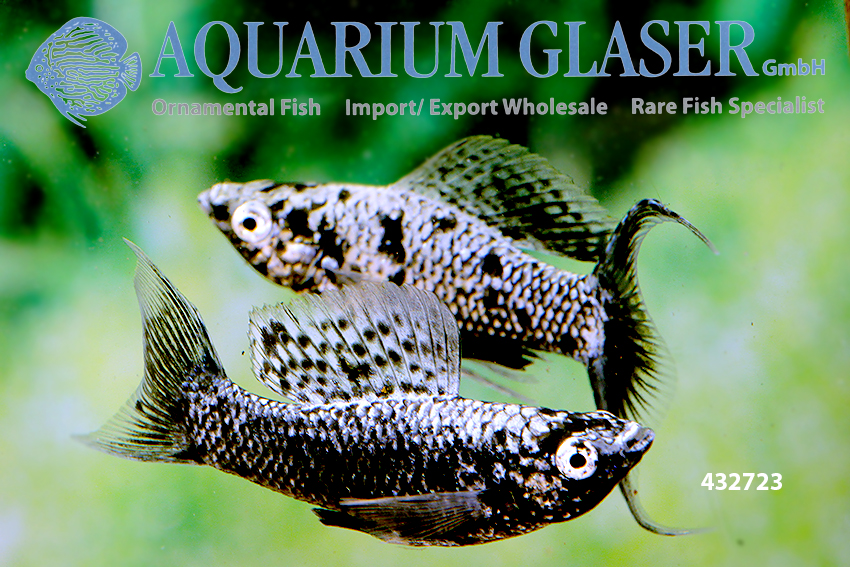
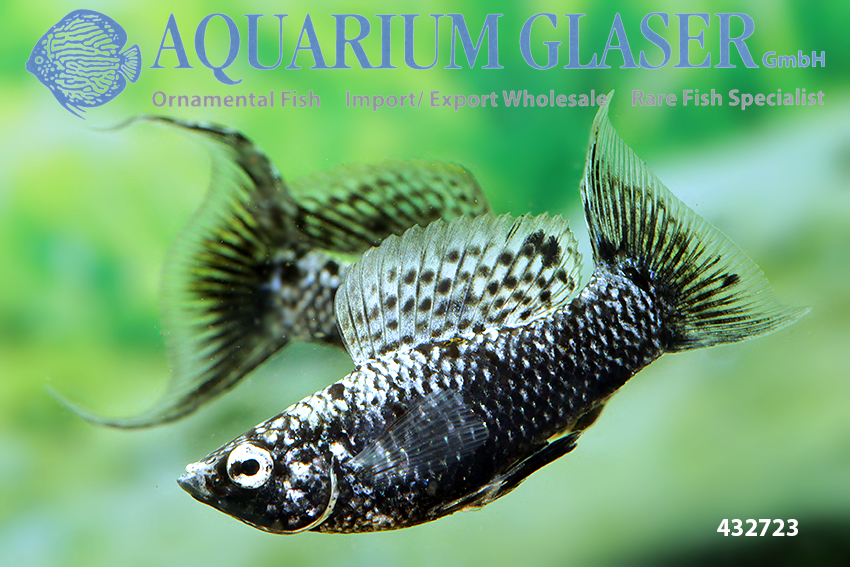
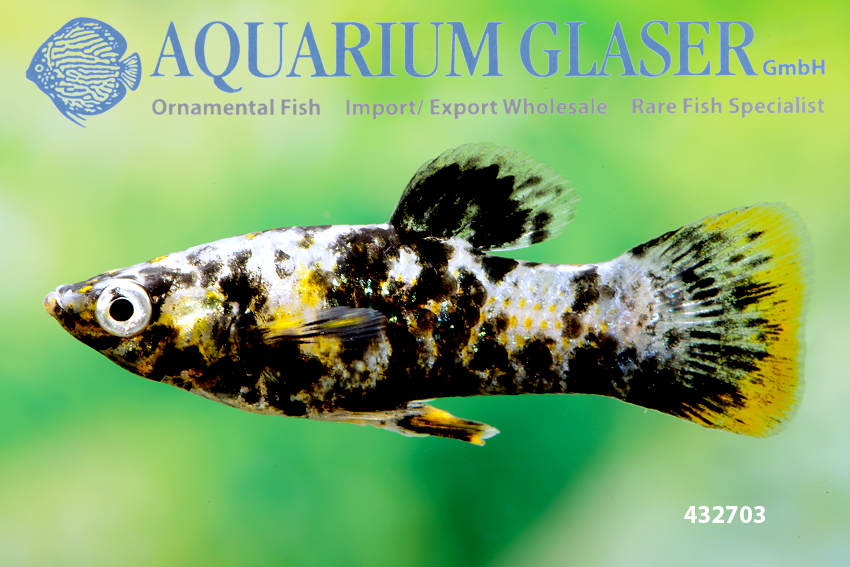
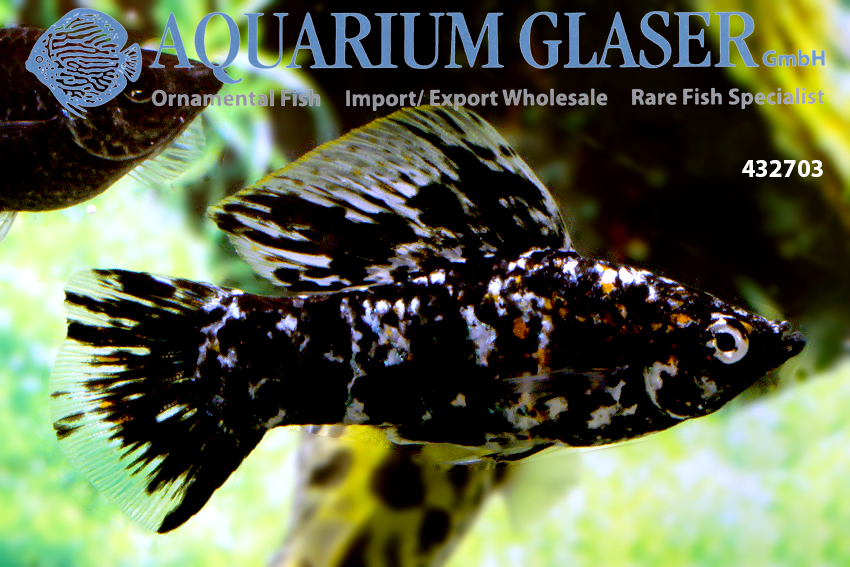
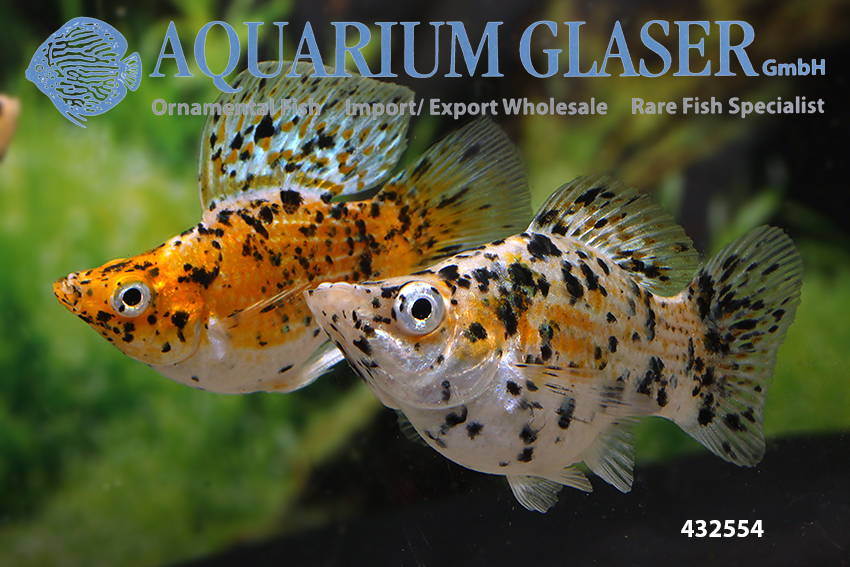
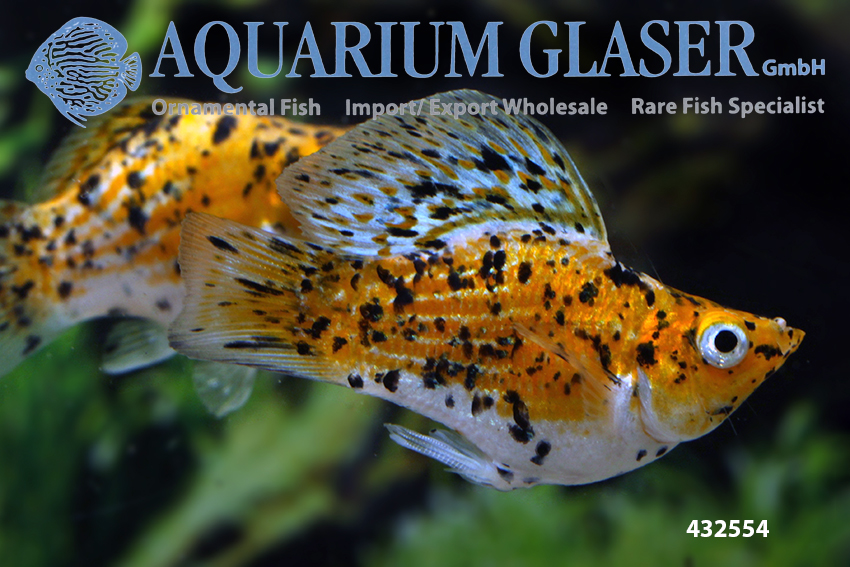
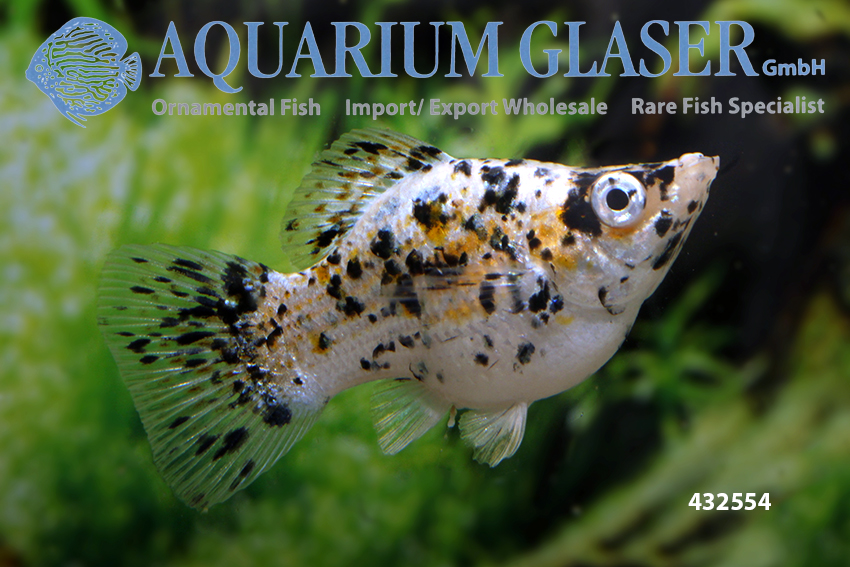
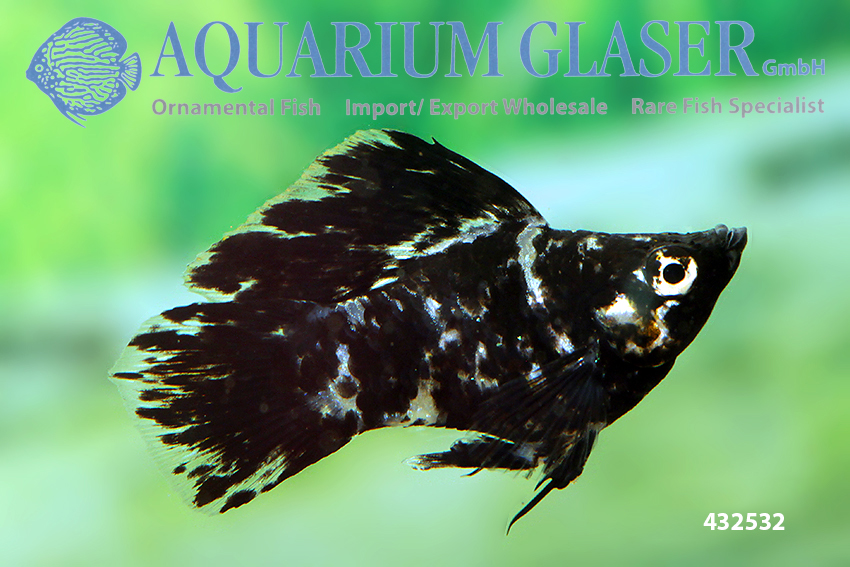
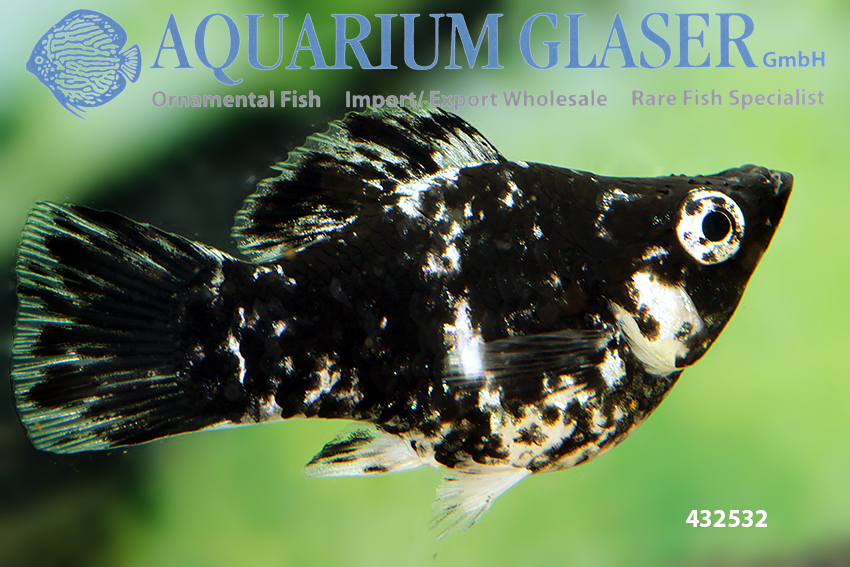
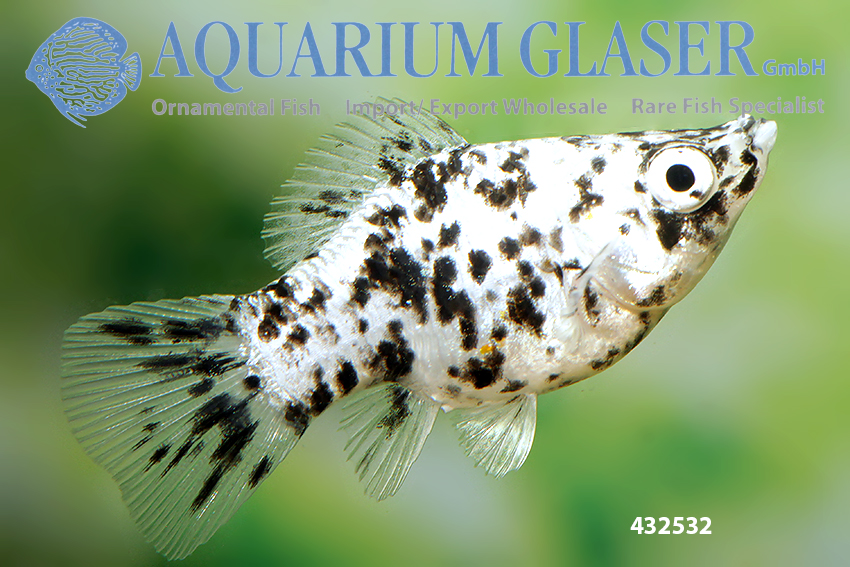
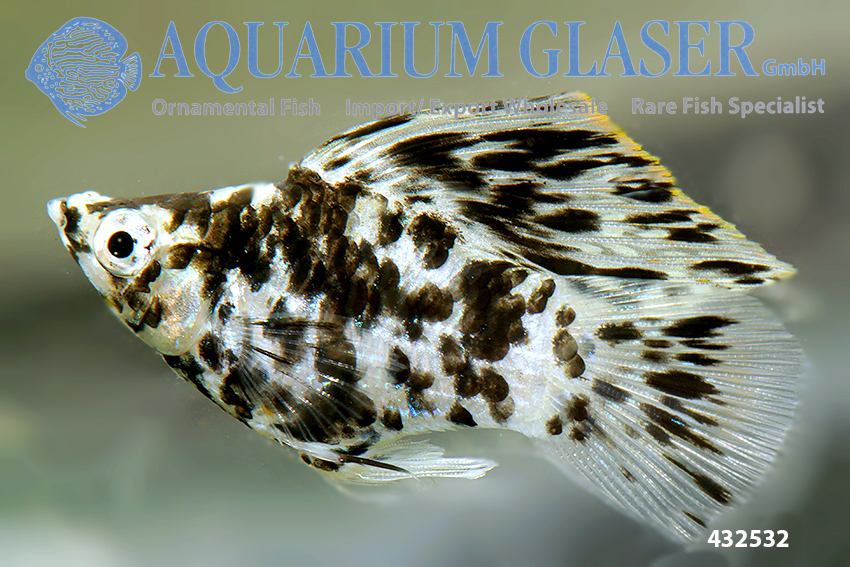
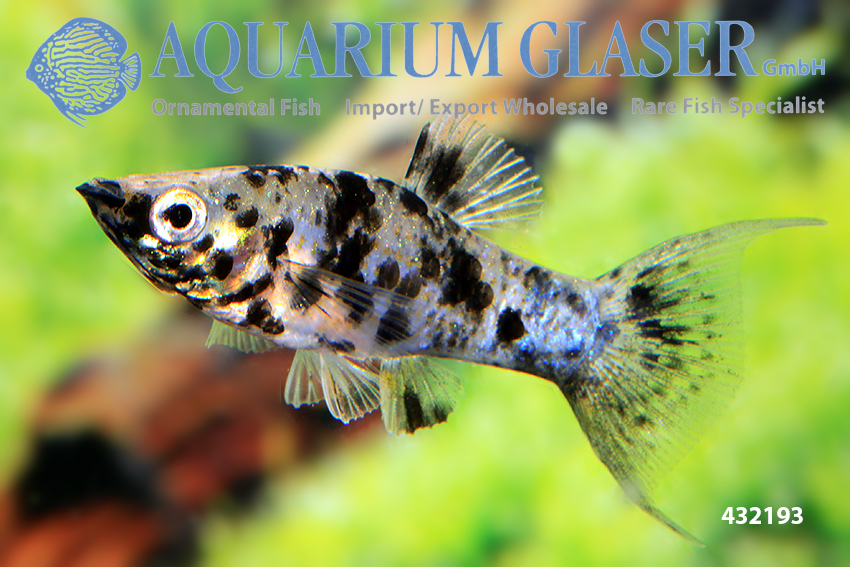
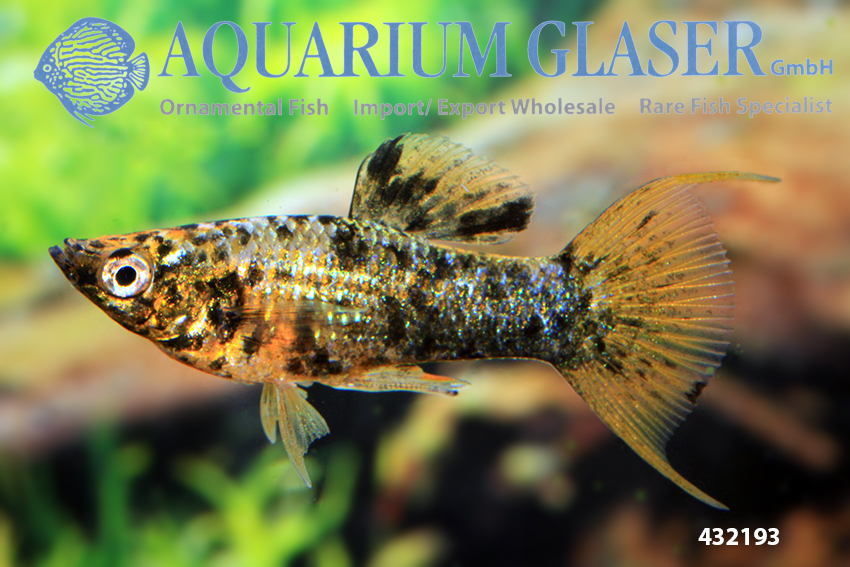
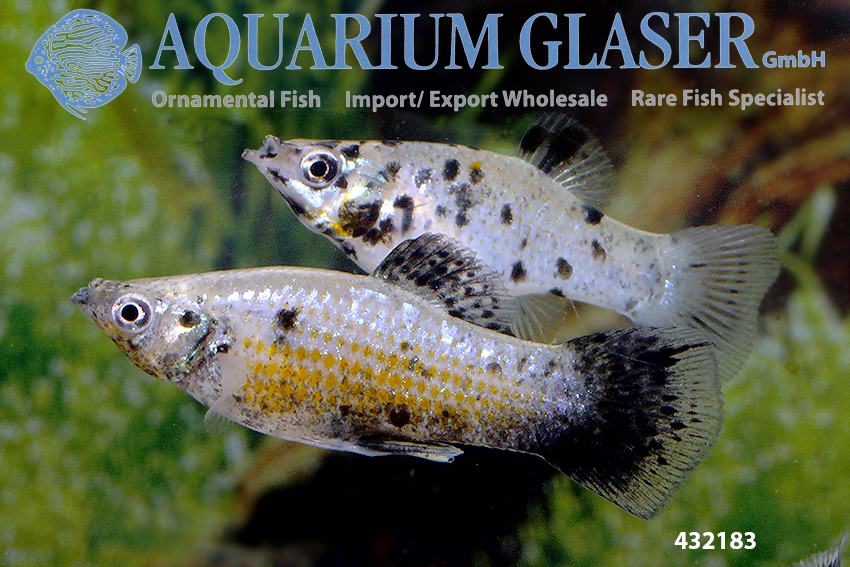
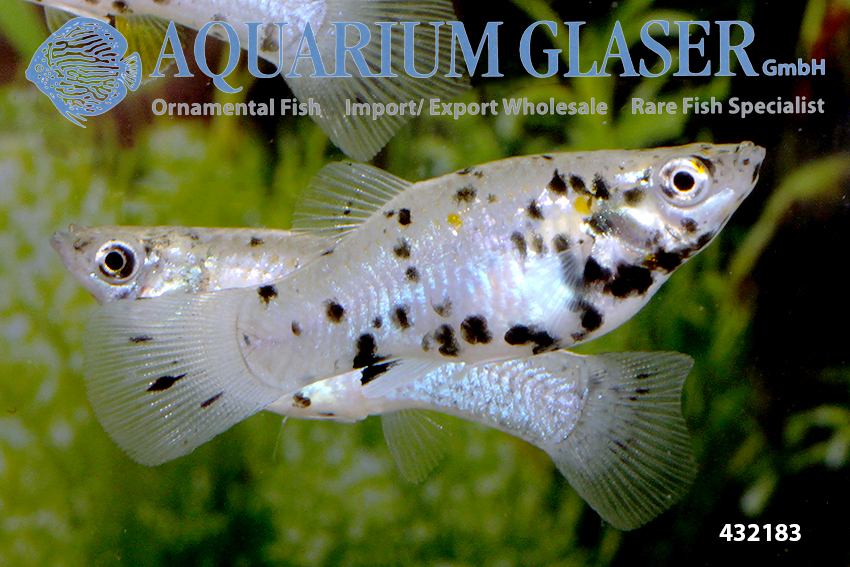
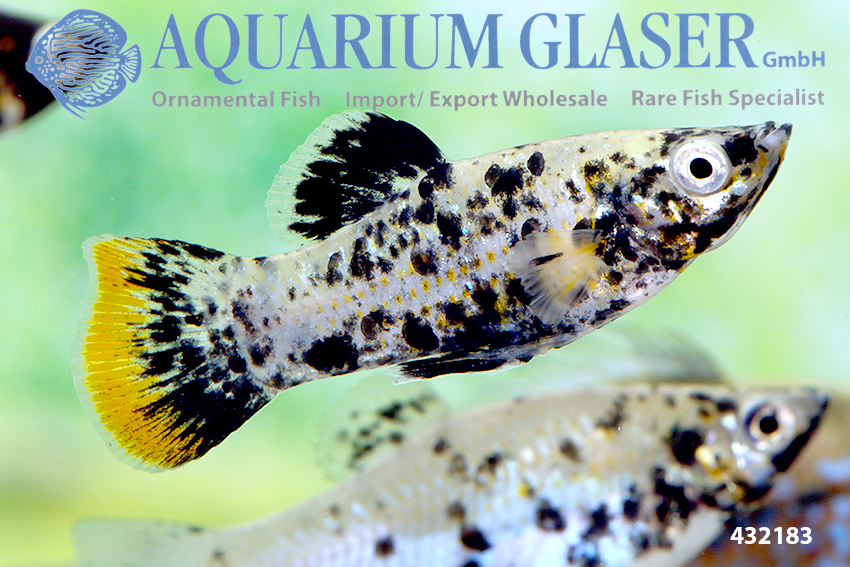
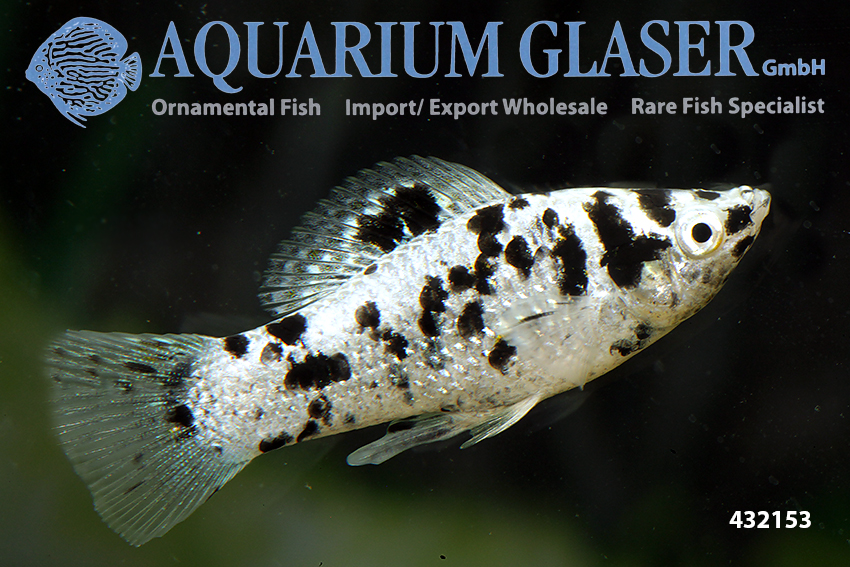
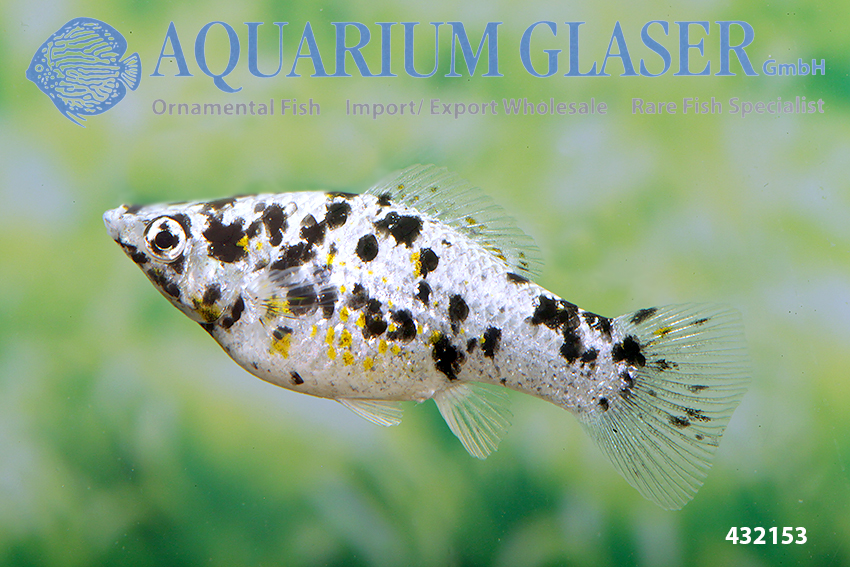
The assignment of the various cultivated forms to the wild species is therefore usually quite arbitrary and also makes little sense from a scientific point of view, as they are almost always hybrids. Some color and fin characteristics could only be established in the strains through crossbreeding. This applies, for example, to the characteristic of the fork-fin tail fin, the so-called lyratail. Lyratails are now found in all three Molly species. The “balloon” mutant, in which the body is greatly shortened, is relatively new. It seems to have only been successfully established in velifera-like fish so far, but is available in all known Molly colors and fin shapes.
However, other characteristics also occur in the wild in the various species. These include black coloration, which is also found in many natural populations of all four species mentioned. In its maximum expression, this leads to the so-called black molly.
The black speckled mollies, which are often referred to as “Dalmatians” after the dog breed, are currently very popular. Within a litter of Dalmatian mollies, almost every conceivable amount of black can be found, from a few “splashes of ink” on a silver background to fish that would almost pass for black molly. In some forms, the animals are also referred to as Marble or Calico instead of Dalmatian, but it’s all the same, there is no real distinction, everyone is free to do as they please. Darker types are usually referred to as marble, lighter ones as dalmatian, depending on which coloration there are more animals of. In the wild, there is only one black speckled specimen among thousands of normally colored animals, but the color trait can be well established in selection breeding, as it is inherited on only one allele and in both sexes (if a trait is inherited from several alleles, possibly even on different chromosomes or sex-specifically, breeding becomes complicated).
An allele is – just to refresh your knowledge of genetics from school – a section of a gene that is responsible for a certain characteristic.
The largest of the Dalmatian mollies is the sailfin (P. velifera), which grows to a length of 8-15 cm (usually 6-8 cm). The males can fold their dorsal fin far forward when excited, the angle between the dorsal line and the front edge of the dorsal fin is then barely 45°. The broadfin molly (P. latipinna) can grow to a similar size, but is usually only 4-6 cm long. In this species, the front edge of the dorsal fin usually points towards the tail and the angle between the dorsal line and the front edge of the dorsal fin is no more than 90° when the fin is spread. Dalmatian mollies, which are essentially based on P. sphenops/mexicana, have much smaller dorsal fins ( = short fins) with far fewer rays. In purebred animals, P. velifera have 18-19, P. latipinna 13-14 and P. sphenops/mexicana 8-11 rays in the dorsal fin.
For our customers: the animals have code 432532 (Balloon Dalmatian), 432554 (Balloon Neon Calico), 433043 (Lyra Highfin Dalmatian), 433053 (Highfin Dalmatian), 432183 (Shortfin Marble Ancient), 432153 (Shortfin Calico), 432193 (Lyra Shortfin Marble Ancient), 432703 (Marble), 432723 (Lyra Marble), 433043 (Lyra Velifera Dalmatian) and 433063 (Velifera Marble) on our stocklist. Please note that we only supply the wholesale trade.
Text & Photos: Frank Schäfer




